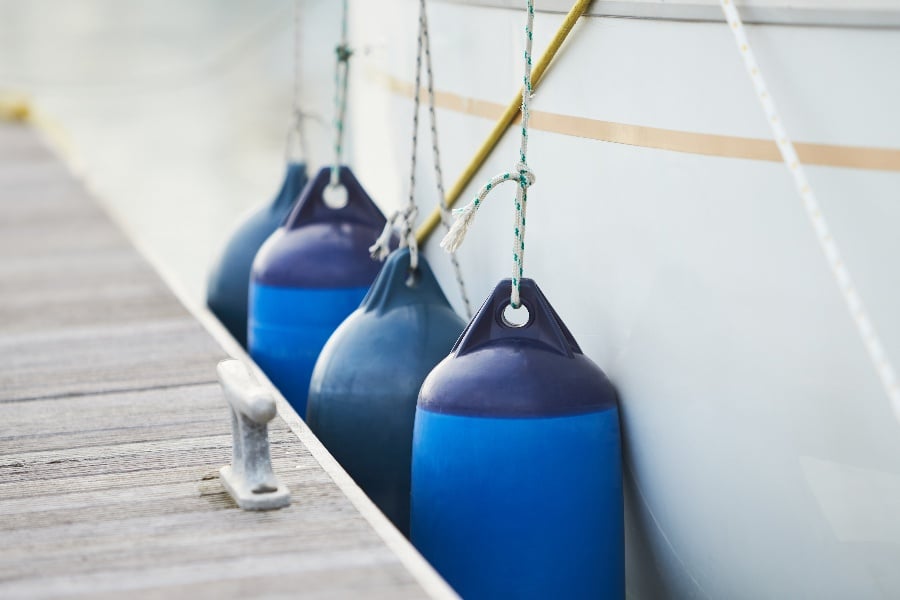
There are many advantages to customizing pultruded profiles for your project/s especially when properly implemented through quality assured engineering and processing.
When working with Tencom as your pultrusion manufacturer, provide as much information and details of the requirements for the resulting end product at the start of the project.
Such details can include:
a. where the profile will be used (indoors or outdoors)
b. what the profile will be used for and so on.
With custom protrusions, reinforcements such as glass, carbon fiber, and aramid, can be adjusted to your unique situation. These reinforcements are combined into a composite in order to control variable elements such as weight, strength, stiffness and corrosion.
Choosing a Resin
The resin that you choose should be based on application requirements including chemical and environmental exposure. If your application is outdoors you may need a UV inhibitor. For instance, a relatively mild environment with corrosive chemicals may need little more than a polyester resin.
A pultruded profile that will be used in a corrosive environment may require something like a vinyl ester or polyurethane resin which provides more chemical resistance. If a product is inside but exposed to heavy sunlight, a UV inhibitor would be a good choice.
Also, make sure to test your custom part for strength, durability, flexibility and other important characteristics, especially on the custom properties that you request.
Depending on the application requirements, there are various combinations of resin types and reinforcements that can be combined to adjust the physical properties, chemical and UV resistance. As an example of a specific type of application, the first thing that comes to mind with utility applications is electricity and the wooden pole. For decades, wood materials have been used to build support structures that run electricity throughout cities, suburbs, and even remote places.
Conventional wooden poles can hold up electrical power lines for a period of time. However, issues arise whenever there is a natural disaster, severe weather, and natural decay over time.
Harsh weather conditions can cause wood power poles to topple, which not only knocks out the electricity but can also be a danger to drivers and pedestrians.
By replacing traditional wood poles with FRP poles, the poles can withstand damage even in inclement weather.
For example, from 2011 to 2015, a series of hurricanes in the Grand Bahamas took out approximately 2,700 wood power poles. However, what was left standing in the aftermath was the 450 FRP composite poles that had been recently installed.
Another compelling example can be seen in the Baja Peninsula of Mexico. Hurricane Odile hit the peninsula after every fifth wood electric pole had been replaced with an FRP pole.
The result was that all of the FRP poles were still standing after the hurricane had subsided and had taken down most of the wooden poles in its wake.
Further, in 2017, about 170,000 residents of Rochester, New York lost electricity after a massive windstorm.
The New York State Public Service Commission and local utility service providers agreed to replace wooden utility poles with durable FRP poles. The budget was set at $1.25 million, with the initial costs being less than the maintenance cost of wood poles.
Chemical Coatings
Wood decomposes quickly and cannot be used in the construction of utility structures without being coated with chemicals. These chemical preservatives are applied to the wood to make it resistant to corrosion.
However, such chemical coatings are toxic to the environment. Once the wood pole is discarded in a landfill, those toxic chemicals will seep into the ground. This does not happen with FRP poles.
Utility poles made from composite materials are resistant to water, heat, impact, insect, and corrosion of any kind. Sun exposure, moisture, chemicals, and even insects can cause natural wood products to rot, warp, and decay over time. FRP poles are also more reliable and durable than wood poles.
There is no need to add chemical coatings to the exterior of an FRP utility pole. This extends the lifespan of the poles and cuts down on maintenance expenses.
While metal is a hardier material than wood for structural supports, though these can succumb over time to rust, corrosion, and even heat damage. Pultruded products do not warp, bend, disintegrate or expand.
Metal can also be very dangerous for construction and utility workers when they need to walk across its surface as these can be slippery. Walkways, accessways, and catwalks made of FRPs are safer to walk across due to their non-slip surfaces.
Portable and Easy to Handle
Old school materials such as wood, aluminum, and steel are very heavy, and when they have to be transported in one piece, they can be very heavy. For instance, wood utility poles are extremely tall and heavy.
Typically made of pine lumber, these poles are about 30 feet tall, and weigh approximately 720 pounds each. It would take several large trucks to transport replacement utility poles made of wood.
However, utility poles made of pultruded products can be transported in lightweight segments measuring about 13-feet in length. This significantly cuts down on the weight, and it makes each pole easy to assemble and install on-site.
Even though pultruded products are lightweight, this does not decrease their strength or rigidity. Pultruded products can withstand hard impact with no damage.
Tencom Customizes Profiles
Recently, Tencom was contracted by an electrical company to fabricate fiberglass poles known as “hotline sticks” for their workers. These sticks are used on high voltage electrical power lines in different capacities.
To create pultruded products, bundles of reinforced polymer fibers are pulled through a liquid resin bath, formed, and cured into a specific shape. During this process, liquid colors can be added for customization.
These pultruded products can be shaped into small or large pieces that are extremely lightweight and easy to install. These poles do not conduct electricity, so workers are protected from shock and damage to power lines.
This is a specialized process that only a few manufacturers in the country are able to produce. The pole is composed of vinyl ester resin and special electrical glass.
If you would like to learn more about Tencom and customized pultruded profiles, contact us to request a quote today.














